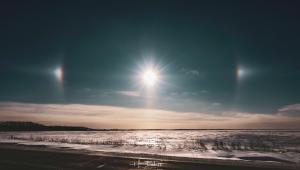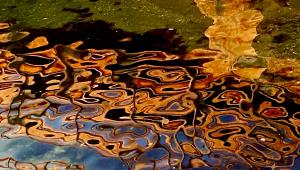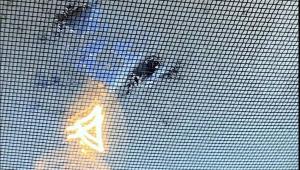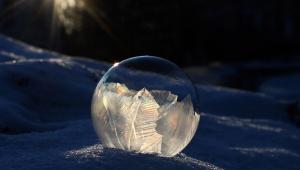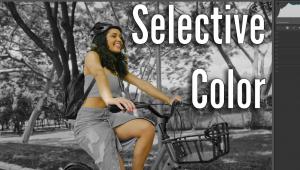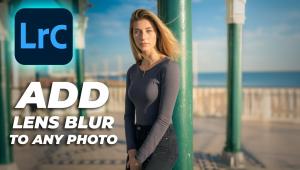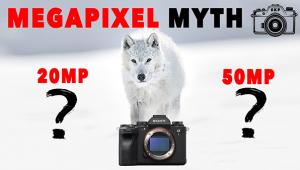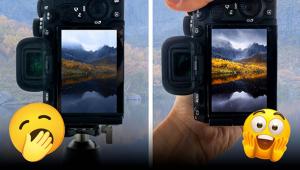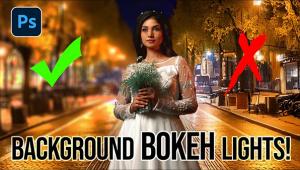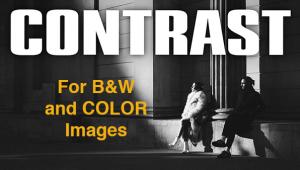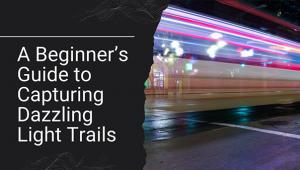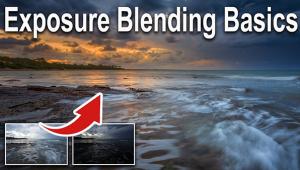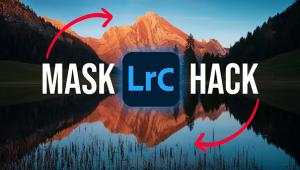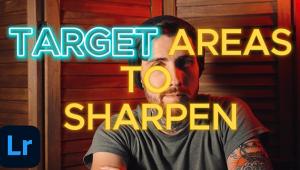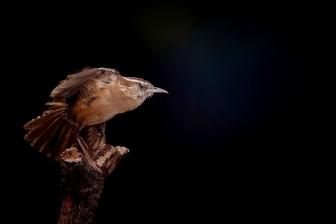Help!
Here Is A Quick Tip List On Letters For The HELP! Desk:
Please confine yourself to only one question per letter. Both postal letters and e-mails are fine, although we prefer e-mail as the most efficient form of communication. Send your e-mail queries to editorial@shutterbug.com with Help in the subject header and your return e-mail address at the end of your message. Although we make every effort, we cannot promise to answer every HELP! letter.
When sending a response or suggestion that refers to a published letter please include the month and page of the original question.
All postal letters to HELP! must be accompanied by a stamped, self-addressed envelope to be considered for reply. We will respond to e-mail queries with an e-mail.
Color Combination For Best Contrast
Q. I am using a color enlarger and my pictures are coming out with no contrast at all. What is the combination of red, blue, and yellow to make the best contrast possible?
Pablo Bianchi
via e-mail
A. I asked Darryl Nicholas, one of our darkroom experts, to comment on your question, which we assume refers to black and white using variable contrast paper since contrast in color has nothing to do with enlarger settings. In black and white, contrast is largely controlled by the combination of blue and green light (or the use of the magenta and yellow filters). Blue light is controlled by the yellow filter and green light is controlled by the magenta filter. The less yellow filtration, the more blue light will reach the paper. The more blue light that reaches the paper, the higher the contrast of the print. Some black-and-white paper is made to produce a single contrast level of print regardless of the color of enlarger light used. You can essentially buy a higher contrast grade (higher number) to get more contrast. And, of course, a low-contrast black-and-white print can also be produced by old, exhausted, or contaminated developer.
Rainbow Hawkeye
Q. I have a Kodak Rainbow Hawkeye 2A folding Model B in good shape that is at least 125 years old. It was my grandmother’s camera. Could you give me an estimate of its worth?
Susanne Gunter
via e-mail
A. My primary pricing guide for older photo equipment (McKeown’s Price Guide to Antique & Classic Cameras) indicates the Kodak Rainbow Hawkeye 2A Model B is a folding camera produced from 1930 to 1933. It was offered in several colors—blue, brown, green, and old rose (maroon). The current value is $65 to $100 (a bit less for the black model). It’s not quite as old as you thought, though; it’s only about 80 years old. I hope you have one of the more valuable color versions of this folding Kodak.
Heat & Humidity
Q. I will soon be retiring to Hawaii and will be taking 45+ years of film and prints of family life (many hundreds of rolls) mostly all packaged as they came from the processor. We will be living just a few hundred yards from the ocean, so I am concerned about humidity and salt in the air getting into the film and destroying it. I am thinking of packaging my film/pictures in Zip Loc bags for protection. Are there any chemical issues with the Zip Loc plastic I should be concerned about? I’d hate to find my film turned to mush in a few months when just wrapping them in brown paper would probably stave off problems at least for a few years (until I can get around to scanning the keepers). Also, any suggestions as to a source for silica gel?
John Leekley
via e-mail
A. I contacted Gene Amoroso at Print File, a firm that manufacturers a diverse variety of archival film and print storage pages. Here is what he said about your pending move to Hawaii: “You are asking a question that would require quite a bit more information before adequately answering some of their concerns. The most obvious answer would be that the collection would need to be stored in a temperature and humidity controlled room or facility. It doesn’t matter what type of materials (archival or non-archival plastic or paper) the collection is stored in (enclosures, pages, etc.) if the storage environment isn’t controlled. Mold and accelerated chemical reactions occur with hot, humid storage conditions. Negatives and prints sticking to their enclosures are other issues. Once the storage environment is stable then archival-quality storage materials will preserve the collection for its optimal life span.” He provided these links for archives where you can obtain more detailed information: Image Permanence Institute (www.imagepermanenceinstitute.org) and Library of Congress (www.loc.gov/preserv/). I accessed both sites and found the Image Permanence Institute offers links to data on many different film storage articles. Among the data found in the Library of Congress site is information on preservation of your materials. It seems there is no quick and easy answer to your question since long-term storage in warm, humid climate situations does present some problems. I hope these links will provide additional guidance for you.
- Log in or register to post comments



